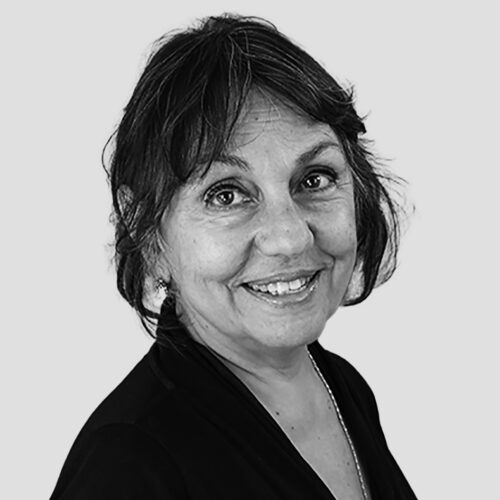H.O.W.2 (House on Water 2) Amphibious Housing Development
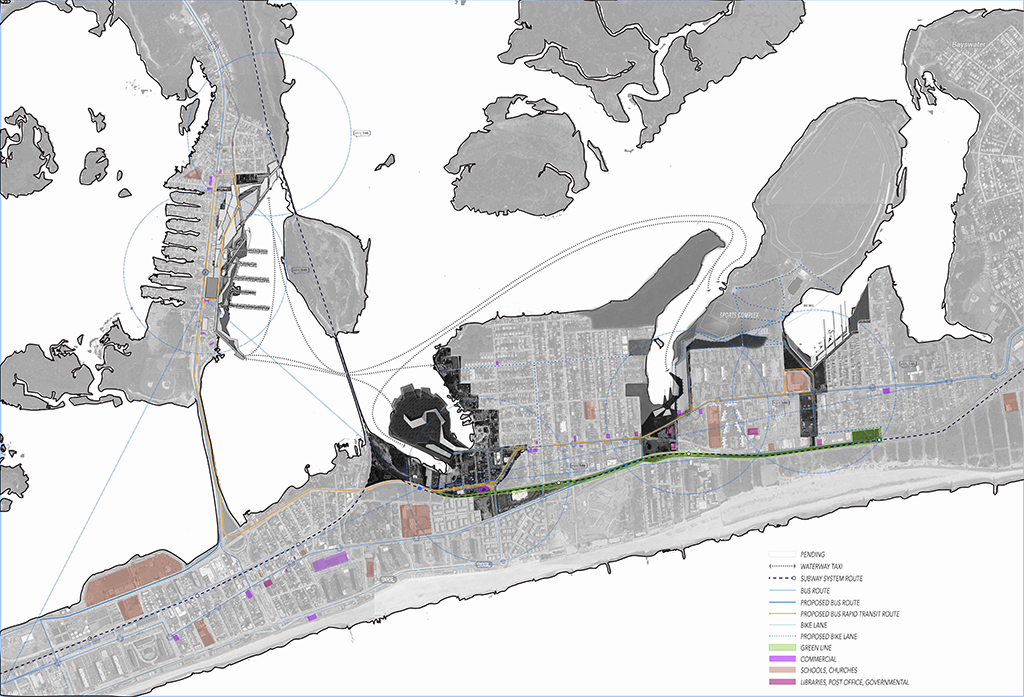

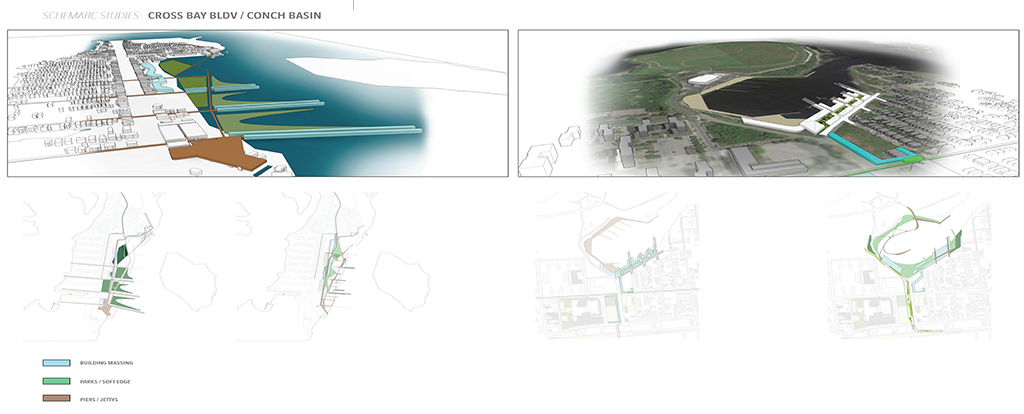
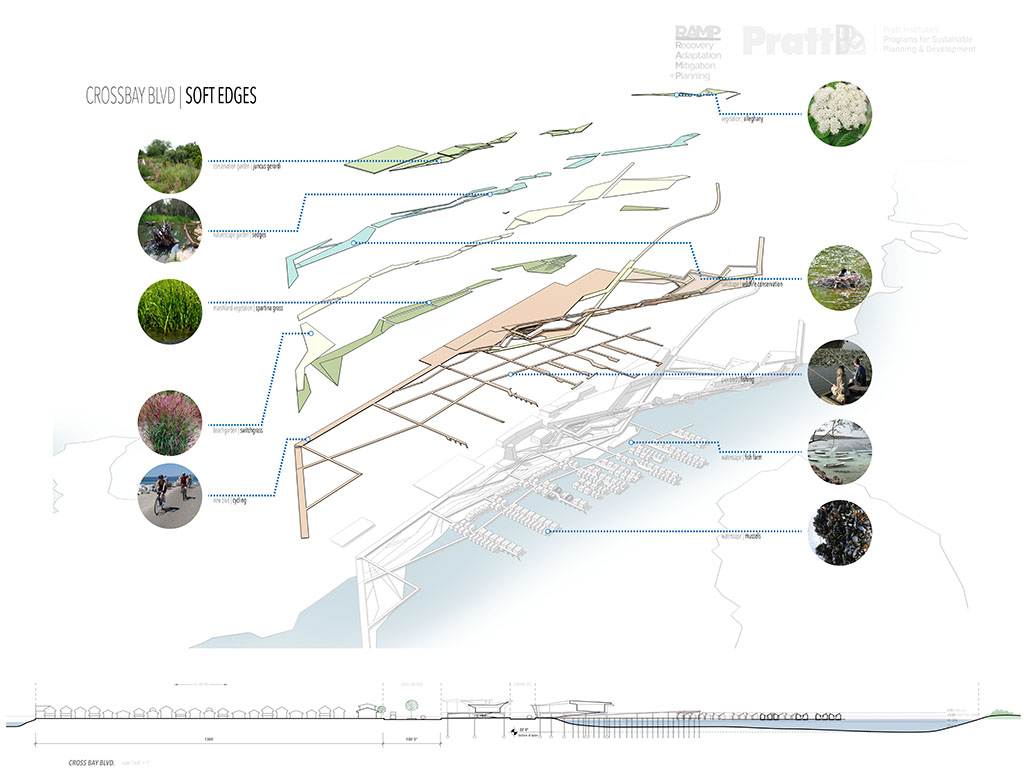
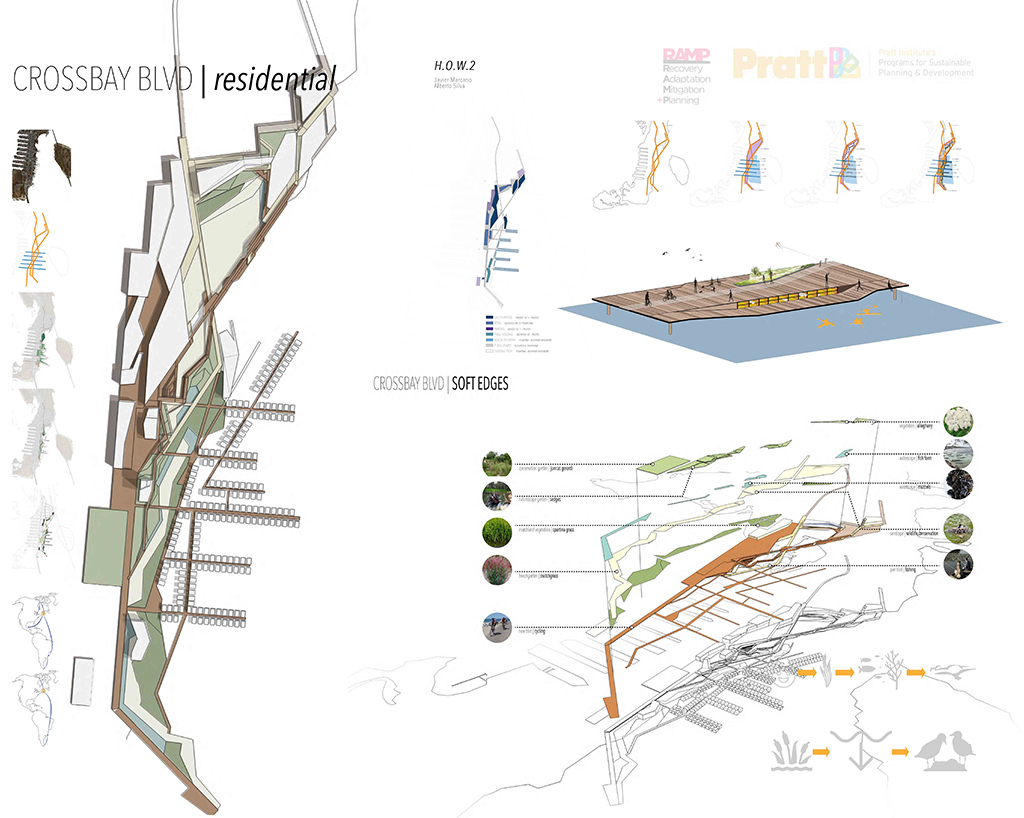
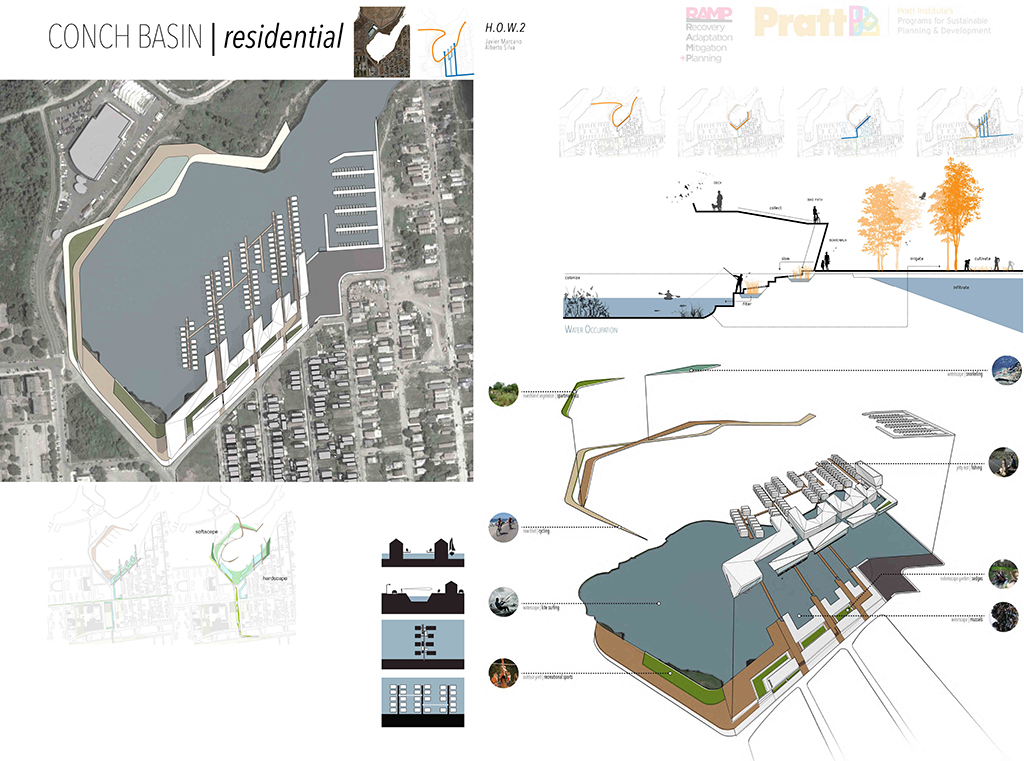
Spring 2014
Arch 400, Elective Design Studio
Undergraduate Architecture
When Metro New York experienced two extreme weather events back-to-back (hurricane Irene in 2011 and the Superstorm Sandy in 2012), the concept of 100-year-events (categorized based on their return frequency) and the perception of changing climate/global warming has forever changed. During the Superstorm Sandy, several weather systems converged and arrived at New York Harbor during high tide, devastating the surrounding coastal communities. Since then, City, State and Federal offices are mobilized; FEMA is redrawing New York City flood zone maps and rethinking strategies for coastal resilience.
The studio aimed to investigate alternate approaches to City’s plans/policies to restore impacted neighborhoods, especially the build-it-back program that addresses the needs of one house at a time. The students began investigating the fragile relationship between landlocked systems and waterborne ones focusing on the Rockaway peninsula, a barrier island which to the South defines/frames the Jamaica Bay. Attached to the City’s transportation web with few roadways and bridges, this low-lying sand dune is susceptible to flooding even with tidal movements.
In this setting we worked closely with RISE team (formerly RWA) and integrated their local experience into our approach. Expected to weather future storms, the studio experimented with amphibious housing developments in the basins along the Jamaica Bay shoreline.
While the existing and proposed marinas would give way to these floating communities, the House(s) On Water would be off the grid and developed on a minimum carbon footprint. Aspects of natural and man-made infrastructure for connectivity and coastal protection as well as buoyancy and building systems are further developed thanks to Local Office Landscape and Persak and Wurmfeld naval architect’s offices.
Client Partner: Rockaway Waterfront Alliance (RWA) Professor: Zehra Kuz
Students: Anderson, Erik Marcano, Javier Silva, Alberto Yeung, Chiwa Wang, Huadong Nguyen, Viet Thao
